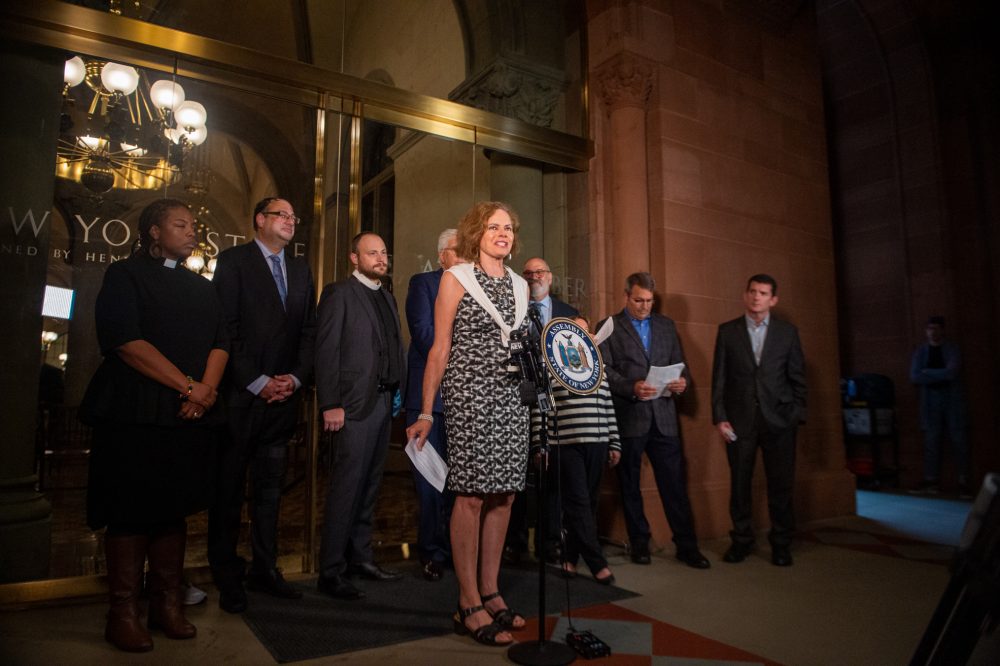
KAREENA HARGUNANI – NOVEMBER 3RD, 2021
EDITOR: SEAN O’CONNELL
After years of companies treating carbon emissions as a negative externality of market interactions, former governor of the Bank of England Mark Carney and Standard Chartered Chief Executive Bill Winters are spearheading a task force to expand the market for carbon offsets. Consisting of experts from the sustainability and finance fields, corporate leaders, and pioneering environmental organizations, the Taskforce on Scaling Voluntary Carbon Markets (TSVCM) hopes to replace previous failed attempts by a successful carbon market valued at $100 billion by the end of the decade.
In this market, carbon is traded as a commodity; big businesses that emit millions of tons of carbon dioxide and other greenhouse gases into the atmosphere each year can balance out the harmful effects of their industrial activities by purchasing carbon offset “credits.” Each credit corresponds to one ton of carbon dioxide, signifying that the purchase of one credit results in the removal of exactly one ton of CO2. Organizations like The Nature Conservancy and BlueSource are on the other side of this trade: receiving funding from big businesses for environmental projects including the conservation of forests and the development of direct carbon capture technology.
The trade of credits is viewed by writer George Monbiot as a modern-day form of purchasing indulgences from the Roman Catholic church. Indulgences were analogous to pardons for one’s sins and the sins of deceased loved ones, granting eternal salvation to those who could afford it. The popularity of indulgences was based on two central concepts: (1) absolution alone couldn’t entirely forgive the guilt of sin and (2) the existence of a purgatory, where individuals would continue to repent for their sins posthumously.
The exchange of money for the remission of sin cemented the commodification of personal confession, calling into question the soundness of the Roman Catholic church. If the attainment of salvation could be reduced to, say, financing the construction of St. Peter’s Basilica, what couldn’t be solved by the creation of a market for trade in souls?
Monbiot exposes the apparent parallels between indulgences and carbon credits, thereby implying that the past exploitation of indulgences could foreshadow a corrupted carbon market. According to Monbiot, the reasons for the rise of the carbon market are similar to the underlying principles that called for the rise of indulgences. Carbon credits are a relatively inexpensive way for big businesses to abide by their emissions restrictions without having to spend too much time and money on research and development. By offloading the responsibility of mitigating their CO2 emissions to other organizations, big businesses are able to continue carrying out operations in the same way despite tightening environmental regulations. Hence, these businesses are absolving themselves of their environmental sins by paying others to bear their penance.
In 1989, Applied Energy Services (AES), a global company that distributes power to 15 countries, engaged in the first carbon offset program by funding an agriforest in Guatemala to counteract the negative environmental impact of its new coal-fired power plant. However, a natural question arose from this transfer: how did the development of an agriforest in Guatemala affect carbon emissions from industrial activity in Connecticut? The market for carbon offsets works in the way that reductions in CO2 emissions anywhere can be viewed as having a countering effect on the release of CO2 and other greenhouse gases in the atmosphere. As a result, AES contributed $2 million ($4.424 million in the present-day) to the intended removal of 16 million tonnes of carbon through a project that aimed to plant 51 million trees in the South American country. In comparison to the cost of developing and implementing new technologies that reduce climate change, AES incurred a cost of mere pennies, paying only $0.13/ton C ($0.2765/ton C). The development of a wind farm, on the other hand, currently costs $20 per removal of one ton of carbon, indicating a vast difference in the price between carbon credits and other methods of combating global warming.
The 1997 Kyoto Protocol encouraged more projects like the one led by AES by officially launching the first “carbon market”: allowing countries that were bound by its stipulated greenhouse gas emissions restrictions to trade carbon as a commodity. It placed restrictions on developed countries, encouraging trade between developing countries that were reducing their carbon emissions and developed countries that could pay to offset their carbon footprint. However, the plan was poorly structured as it excluded developing countries from reduction requirements and failed to set guidelines for the terms of trade. As a result, many countries, including the United States, withdrew from the agreement, reducing demand for carbon credits so that the market failed to gain enough traction. Moreover, the market was rampant with corruption: a 2015 study found that 80% of projects were of low environmental quality and actually induced an increase of 600 million metric tons of carbon.
While the first carbon offset project took place more than thirty years ago, the market has only recently evolved to include influential environmental players supplying carbon credits and big businesses demanding them. One of largest environmental organizations involved in the market is the Nature Conservancy, which partners with landowners around the globe to tackle climate change through nature based solutions, promoting smart clean energy policies, building resilience, and inspiring productive conversations.
Recent studies find that carbon offsets are being used to fund projects that would have been implemented regardless of the cost to large corporations. The Nature Conservancy has recruited landowners who do not plan to carry out deforestation anyway, calling the efficacy of carbon offsets into question. Many of the Conservancy’s projects cite that the areas receiving aid are expected to be “heavily harvested” without the Conservancy’s help, but a discussion with landowners proves that this may not be true. One example is Hawk Mountain, a forest in Philadelphia that attracts thousands of visitors each year and hasn’t been harvested in over 85 years. Director Laurie Goodrich stated that Hawk Mountain would operate in the same way it did before without the money from carbon credits, explaining that the money primarily enables the organization to enhance the forest’s health. Project documents, on the other hand, show that carbon credits were generated under the conjecture that the trees would have been cut down without the funding.
This instance is just one of many indicating that there is no concrete evidence that carbon offsets prevent climate change and mitigate the ongoing risk that big businesses pose to the environment. Researchers at CarbonPlan, a non-profit organization that analyzes solutions to climate change, found that $400 million were spent on carbon credits in California without actually removing a single ton of carbon dioxide. Consequently, each credit does not necessarily correlate to the removal of one ton of carbon dioxide from the atmosphere. The positive effects of carbon offsets are often exaggerated, falsely creating an illusion of net emissions neutrality.
During the first ten months of 2020, more than 55.1 million carbon credits were used, a 28% increase from the same period in 2019. This increase marks an expansion of the voluntary carbon market, indicating that more companies are utilizing carbon credits as a way to cover their carbon footprint. Since these carbon offsets actually lead to less change than they boast, companies are likely making less environmental improvements than claimed.
The commodification of carbon offsets may also detract from focusing on using clean energy and reusable materials. With corporations utilizing carbon offsets as a simpler way to ease their environmental impact, companies are less motivated to invest in the development of green energy. Owen Hewlett, a member on the advisory board of Science Based Technologies initiative (SBTi), claims that “you can’t offset your way to net zero,” explaining that in a net zero world, there shouldn’t exist carbon credits that can be transferred. Each country needs to be able to reduce its own carbon footprint rather than allowing other countries to bear this responsibility in exchange for funding.
The concerns outlined above indicate that it is wise to approach Carney and Winters’ plan to expand the carbon market with caution, as it could potentially become a loophole through which corporations are able to make emboldened claims of carbon neutrality. Similarly to how money tainted the value and purpose of eternal salvation via indulgences, money threatens the goal of reaching net zero emissions and reducing the impacts of climate change.
Featured Image Source: Travelocity
Disclaimer: The views published in this journal are those of the individual authors or speakers and do not necessarily reflect the position or policy of Berkeley Economic Review staff, the Undergraduate Economics Association, the UC Berkeley Economics Department and faculty, or the University of California, Berkeley in general.



